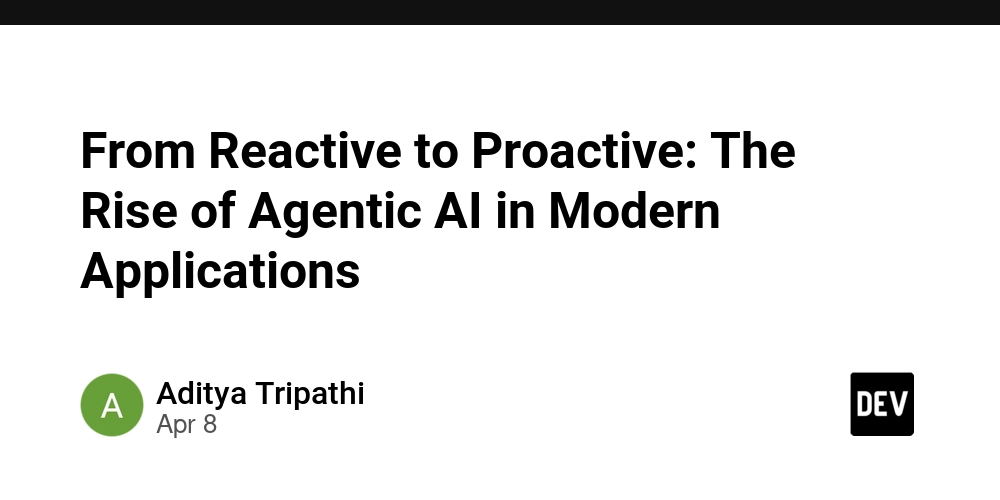Making an Effective Application Security Programm: Strategies, techniques and tools for the best results
AppSec is a multifaceted, robust approach that goes beyond simple vulnerability scanning and remediation. The constantly evolving threat landscape, and the rapid pace of development and the growing complexity of software architectures requires a comprehensive, proactive approach that seamlessly incorporates security into each phase of the development process. This comprehensive guide will help you understand the key elements, best practices and cutting-edge technology that support an efficient AppSec program. It empowers organizations to improve their software assets, decrease risks and promote a security-first culture. A successful AppSec program is built on a fundamental change in perspective. Security must be seen as a key element of the development process, and not an afterthought. This paradigm shift requires close cooperation between security, developers, operations, and others. how to use agentic ai in application security It breaks down silos that hinder communication, creates a sense sharing responsibility, and encourages collaboration in the security of applications that are developed, deployed and maintain. DevSecOps lets organizations incorporate security into their process of development. This means that security is taken care of in all phases starting from the initial ideation stage, through design, and implementation, all the way to the ongoing maintenance. The key to this approach is the establishment of clearly defined security policies, standards, and guidelines that provide a framework for secure coding practices threat modeling, and vulnerability management. These policies should be based on industry-standard practices, such as the OWASP Top Ten, NIST guidelines as well as the CWE (Common Weakness Enumeration) in addition to taking into account the unique demands and risk profiles of the specific application and business context. These policies could be codified and made easily accessible to all interested parties, so that organizations can implement a standard, consistent security approach across their entire application portfolio. In order to implement these policies and make them relevant to the development team, it is vital to invest in extensive security training and education programs. These programs should provide developers with the skills and knowledge to write secure codes and identify weaknesses and apply best practices to security throughout the process of development. The training should cover a broad variety of subjects including secure coding methods and the most common attack vectors, to threat modelling and secure architecture design principles. Through fostering a culture of continuing education and providing developers with the equipment and tools they need to implement security into their daily work, companies can develop a strong base for an effective AppSec program. Alongside training organizations should also set up robust security testing and validation methods to find and correct weaknesses before they are exploited by criminals. This calls for a multi-layered strategy that encompasses both static and dynamic analysis techniques along with manual penetration testing and code review. At the beginning of the development process static Application Security Testing tools (SAST) are a great tool to discover vulnerabilities like SQL Injection, cross-site scripting (XSS) and buffer overflows. Dynamic Application Security Testing tools (DAST) are on the other hand can be utilized to test simulated attacks against applications in order to detect vulnerabilities that could not be discovered through static analysis. While these automated testing tools are necessary in identifying vulnerabilities that could be exploited at large scale, they're not the only solution. Manual penetration testing conducted by security experts is crucial to uncovering complex business logic-related vulnerabilities that automated tools could fail to spot. Combining automated testing and manual validation allows organizations to gain a comprehensive view of the application security posture. They can also prioritize remediation strategies based on the severity and impact of vulnerabilities. To increase the effectiveness of an AppSec program, organizations should think about leveraging advanced technologies such as artificial intelligence (AI) and machine learning (ML) to enhance their security testing capabilities and vulnerability management. AI-powered tools can analyze large amounts of application and code data and spot patterns and anomalies that could signal security problems. They also be taught from previous vulnerabilities and attack patterns, constantly increasing their capability to spot and stop emerging security threats. Code property graphs are an exciting AI application within AppSec. They are able to spot and repair vulnerabilities more precisely and efficiently. CPGs are a comprehensive, semantic representation of an application's codebase. They capture not only the syn
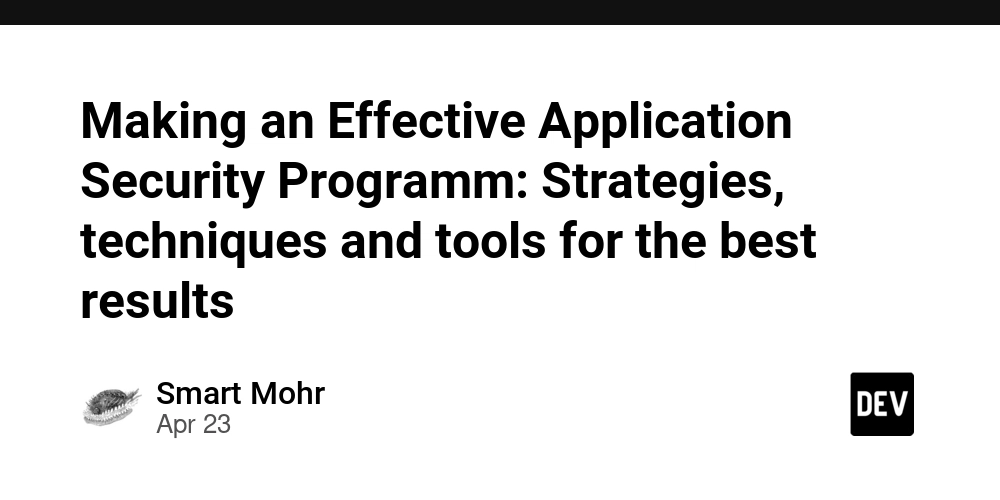
AppSec is a multifaceted, robust approach that goes beyond simple vulnerability scanning and remediation. The constantly evolving threat landscape, and the rapid pace of development and the growing complexity of software architectures requires a comprehensive, proactive approach that seamlessly incorporates security into each phase of the development process. This comprehensive guide will help you understand the key elements, best practices and cutting-edge technology that support an efficient AppSec program. It empowers organizations to improve their software assets, decrease risks and promote a security-first culture.
A successful AppSec program is built on a fundamental change in perspective. Security must be seen as a key element of the development process, and not an afterthought. This paradigm shift requires close cooperation between security, developers, operations, and others. how to use agentic ai in application security It breaks down silos that hinder communication, creates a sense sharing responsibility, and encourages collaboration in the security of applications that are developed, deployed and maintain. DevSecOps lets organizations incorporate security into their process of development. This means that security is taken care of in all phases starting from the initial ideation stage, through design, and implementation, all the way to the ongoing maintenance.
The key to this approach is the establishment of clearly defined security policies, standards, and guidelines that provide a framework for secure coding practices threat modeling, and vulnerability management. These policies should be based on industry-standard practices, such as the OWASP Top Ten, NIST guidelines as well as the CWE (Common Weakness Enumeration) in addition to taking into account the unique demands and risk profiles of the specific application and business context. These policies could be codified and made easily accessible to all interested parties, so that organizations can implement a standard, consistent security approach across their entire application portfolio.
In order to implement these policies and make them relevant to the development team, it is vital to invest in extensive security training and education programs. These programs should provide developers with the skills and knowledge to write secure codes and identify weaknesses and apply best practices to security throughout the process of development. The training should cover a broad variety of subjects including secure coding methods and the most common attack vectors, to threat modelling and secure architecture design principles. Through fostering a culture of continuing education and providing developers with the equipment and tools they need to implement security into their daily work, companies can develop a strong base for an effective AppSec program.
Alongside training organizations should also set up robust security testing and validation methods to find and correct weaknesses before they are exploited by criminals. This calls for a multi-layered strategy that encompasses both static and dynamic analysis techniques along with manual penetration testing and code review. At the beginning of the development process static Application Security Testing tools (SAST) are a great tool to discover vulnerabilities like SQL Injection, cross-site scripting (XSS) and buffer overflows. Dynamic Application Security Testing tools (DAST) are on the other hand can be utilized to test simulated attacks against applications in order to detect vulnerabilities that could not be discovered through static analysis.
While these automated testing tools are necessary in identifying vulnerabilities that could be exploited at large scale, they're not the only solution. Manual penetration testing conducted by security experts is crucial to uncovering complex business logic-related vulnerabilities that automated tools could fail to spot. Combining automated testing and manual validation allows organizations to gain a comprehensive view of the application security posture. They can also prioritize remediation strategies based on the severity and impact of vulnerabilities.
To increase the effectiveness of an AppSec program, organizations should think about leveraging advanced technologies such as artificial intelligence (AI) and machine learning (ML) to enhance their security testing capabilities and vulnerability management. AI-powered tools can analyze large amounts of application and code data and spot patterns and anomalies that could signal security problems. They also be taught from previous vulnerabilities and attack patterns, constantly increasing their capability to spot and stop emerging security threats.
Code property graphs are an exciting AI application within AppSec. They are able to spot and repair vulnerabilities more precisely and efficiently. CPGs are a comprehensive, semantic representation of an application's codebase. They capture not only the syntactic structure of the code, but also the complex connections and dependencies among different components. By harnessing the power of CPGs AI-driven tools, they can provide a thorough, context-aware analysis of an application's security position and identify vulnerabilities that could be missed by traditional static analysis techniques.
CPGs can be used to automate vulnerability remediation making use of AI-powered methods to perform repairs and transformations to code. By analyzing the semantic structure of the code, as well as the nature of the vulnerabilities, AI algorithms can generate specific, context-specific fixes that target the root of the issue, rather than merely treating the symptoms. This method not only speeds up the process of remediation but also lowers the chance of creating new weaknesses or breaking existing functionality.
Another crucial aspect of an effective AppSec program is the incorporation of security testing and validation into the ongoing integration and continuous deployment (CI/CD) process. Automating security checks, and making them part of the build and deployment process allows organizations to detect weaknesses early and stop them from affecting production environments. The shift-left security approach can provide quicker feedback loops, and also reduces the time and effort needed to detect and correct issues.
To achieve this level of integration, companies must invest in the appropriate infrastructure and tools to support their AppSec program. ai application security The tools should not only be used for security testing as well as the frameworks and platforms that allow integration and automation. Containerization technologies such as Docker and Kubernetes are crucial in this respect, as they offer a reliable and constant setting for testing security and separating vulnerable components.
Effective collaboration tools and communication are just as important as technology tools to create an environment of safety and enabling teams to work effectively together. Jira and GitLab are issue tracking systems that allow teams to monitor and prioritize weaknesses. Tools for messaging and chat like Slack and Microsoft Teams facilitate real-time knowledge sharing and communication between security professionals.
The effectiveness of an AppSec program does not rely only on the technology and tools used, but also on process and people that are behind them. To create a secure and strong culture requires leadership commitment in clear communication, as well as the commitment to continual improvement. By creating a culture of sharing responsibility, promoting dialogue and collaboration, and supplying the required resources and assistance companies can make sure that security is more than something to be checked, but a vital element of the process of development.
To ensure that their AppSec programs to continue to work over the long term organisations must develop significant metrics and key-performance indicators (KPIs). check AI options These KPIs help them keep track of their progress and identify areas of improvement. These metrics should span the entire application lifecycle starting from the number of vulnerabilities identified in the development phase to the time taken to remediate issues and the security level of production applications. By regularly monitoring and reporting on these indicators, companies can prove the worth of their AppSec investment, discover trends and patterns and make informed choices on where they should focus their efforts.
Additionally, businesses must engage in constant education and training efforts to keep pace with the constantly changing threat landscape as well as emerging best methods. Attending industry events or online training, or collaborating with experts in security and research from the outside can allow you to stay informed on the latest developments. Through fostering a culture of constant learning, organizations can assure that their AppSec program is flexible and resilient in the face of new challenges and threats.
It is also crucial to realize that security of applications is not a single-time task but a continuous procedure that requires ongoing dedication and investments. It is essential for organizations to constantly review their AppSec strategy to ensure it remains efficient and in line to their business objectives as new technology and development practices are developed. By adopting a strategy that is constantly improving, encouraging cooperation and collaboration, and using the power of modern technologies such as AI and CPGs, companies can establish a robust, flexible AppSec program that does not just protect their software assets, but helps them innovate with confidence in an ever-changing and challenging digital landscape.
check AI options










































































































































































![[The AI Show Episode 144]: ChatGPT’s New Memory, Shopify CEO’s Leaked “AI First” Memo, Google Cloud Next Releases, o3 and o4-mini Coming Soon & Llama 4’s Rocky Launch](https://www.marketingaiinstitute.com/hubfs/ep%20144%20cover.png)


















































































































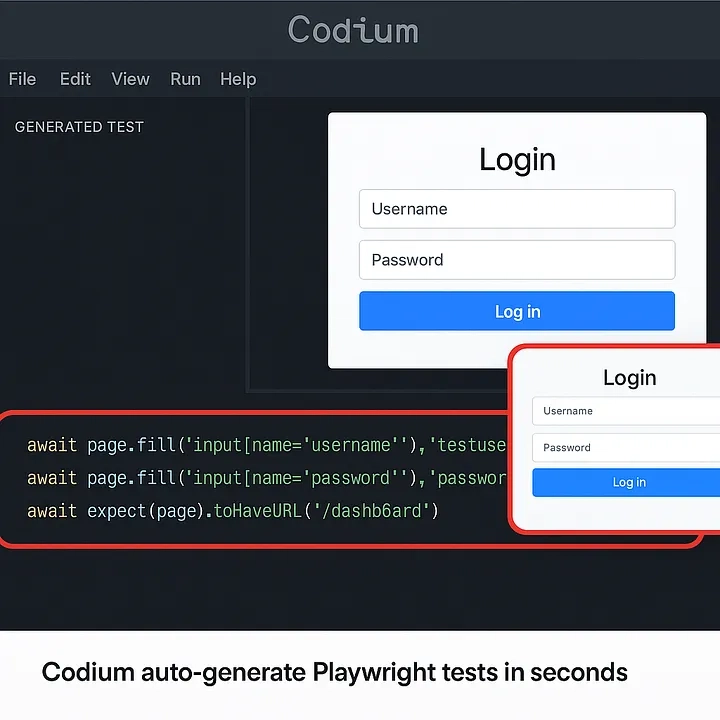


































































































































-All-will-be-revealed-00-35-05.png?width=1920&height=1920&fit=bounds&quality=70&format=jpg&auto=webp#)

















































































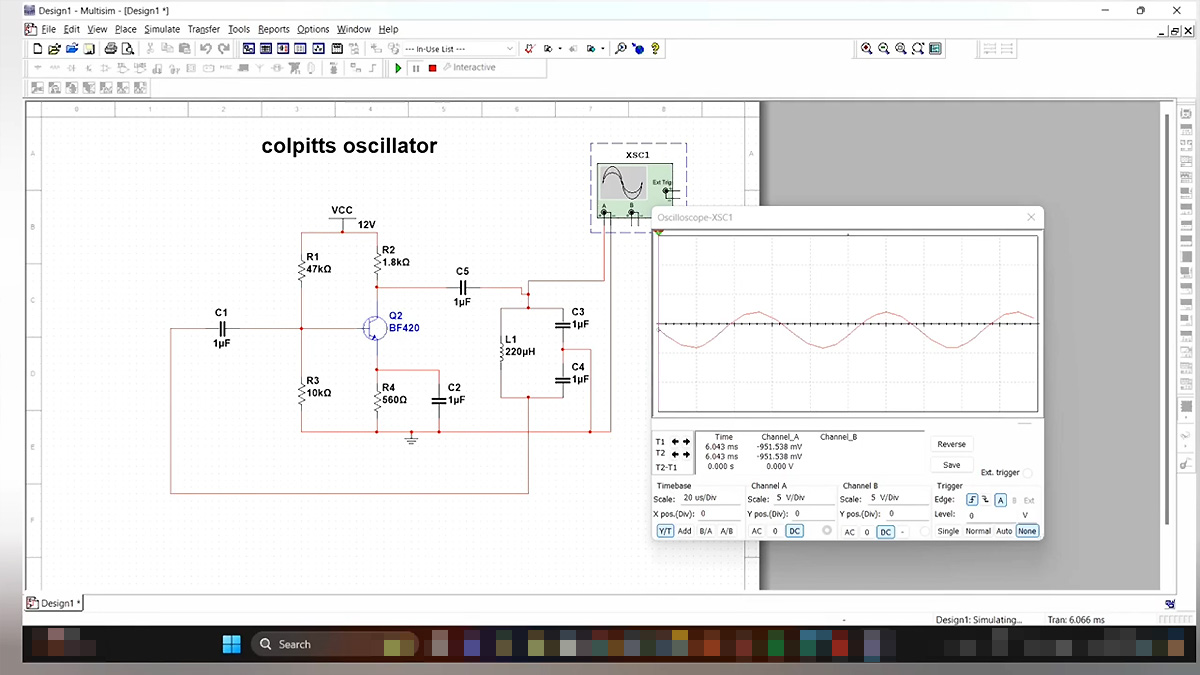



































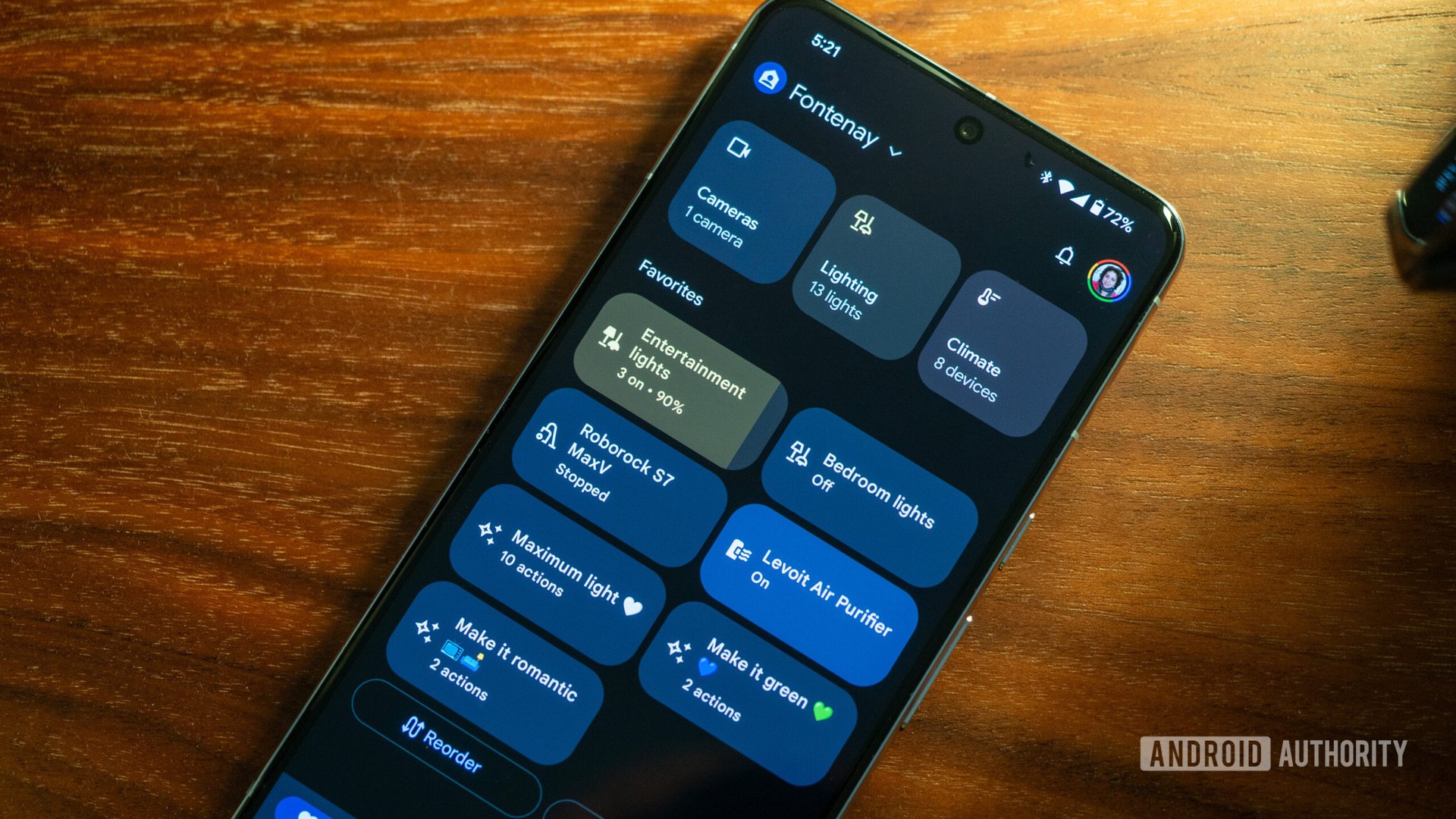



![What iPhone 17 model are you most excited to see? [Poll]](https://9to5mac.com/wp-content/uploads/sites/6/2025/04/iphone-17-pro-sky-blue.jpg?quality=82&strip=all&w=290&h=145&crop=1)

















![Hands-On With 'iPhone 17 Air' Dummy Reveals 'Scary Thin' Design [Video]](https://www.iclarified.com/images/news/97100/97100/97100-640.jpg)
![Mike Rockwell is Overhauling Siri's Leadership Team [Report]](https://www.iclarified.com/images/news/97096/97096/97096-640.jpg)
![Instagram Releases 'Edits' Video Creation App [Download]](https://www.iclarified.com/images/news/97097/97097/97097-640.jpg)
![Inside Netflix's Rebuild of the Amsterdam Apple Store for 'iHostage' [Video]](https://www.iclarified.com/images/news/97095/97095/97095-640.jpg)
































































































































